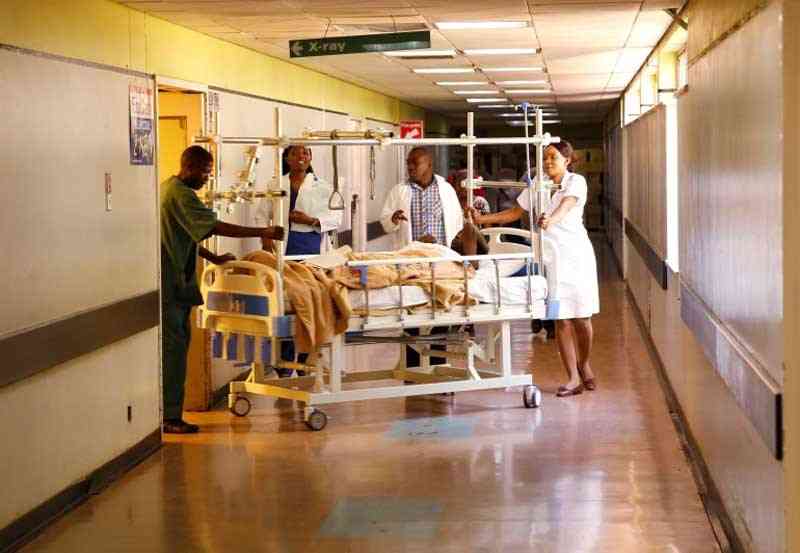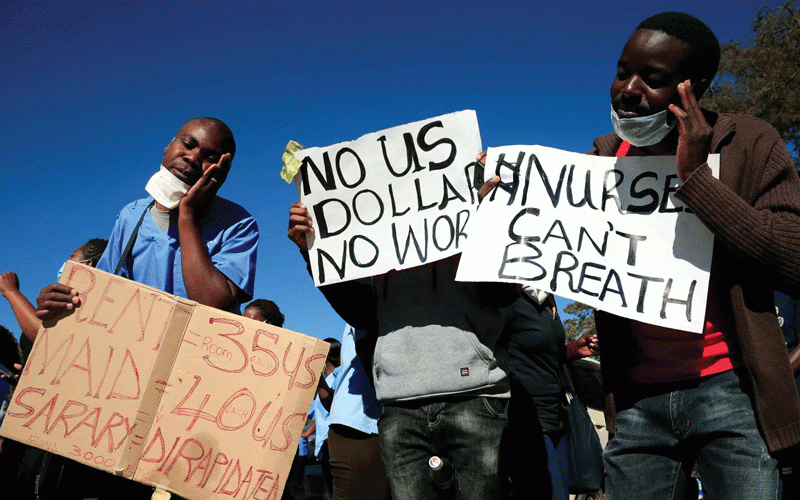
AMID a failing health system, Zimbabwe last week got a rave review. The sector, which was on a recovery path after the COVID-19 pandemic, has been exposed again, following the outbreak of cholera, a medieval disease.
Addressing journalists in Harare on Friday, Global Polio Eradication Initiative co-ordinator Sadiq Umar said Zimbabwe had one of the best environmental surveillance systems in Africa.
“We are talking about samples that were taken from the sewage system, let me be frank with you, this is one of the countries that have the best canalisation or system of sewage,” Umar said.
“In most countries, we don't have it as organised as this, there is no environmental surveillance system in Africa that is better than Zimbabwe. We expected to score 50% to be considered as doing very well. All the four sites in Harare have achieved 90% or 100%.”
The high surveillance levels, Umar said, made it possible to detect the presence of the polio virus.
Zimbabwe last recorded a polio case in 1989 and was declared polio-free by the World Health Organisation in 2005.
Umar’s rave review comes against a backdrop of a nationwide polio vaccination blitz targeting children under the age of 10.
The campaign is being run by the Health and Child Care ministry in collaboration with the World Health Organisation and Unicef where the novel OPV type two vaccine will be administered following the confirmation of circulating poliovirus type 2 in Zimbabwe.
- Mavhunga puts DeMbare into Chibuku quarterfinals
- Bulls to charge into Zimbabwe gold stocks
- Ndiraya concerned as goals dry up
- Letters: How solar power is transforming African farms
Keep Reading
The campaign seeks to interrupt virus transmission and prevent further outbreaks rapidly.
The rave review and the nationwide polio vaccination campaign tell us one thing: Zimbabwe should not drop the ball in the health sector.
This entails a budget allocation that meets most of the sector’s needs. There have been calls to scale up budgetary allocations to the Health ministry as the current vote falls far short of regional and international benchmarks.
In the 2024 national budget, the ministry was allocated ZWL$6,3 trillion (10% of the budget). This is below the 15% prescribed under the Abuja Declaration, a target set by African Union countries in 2001 to boost the health sector on the continent.
Notwithstanding the setback, Zimbabwe’s universal health coverage index at 55% is above the Sub-Saharan Africa average of 46%.
This does not mean that Zimbabwe should sit on its laurels. The universal health coverage must be scaled up under the US$90 million Health Resilience Fund focusing on ending preventable maternal, newborn, child and adolescent deaths; ensure global health security; and strengthen health systems.
A healthy nation is a productive nation. Vision 2030 recognises the importance of the provision of an efficient, integrated and quality healthcare system with priority given to preventive care at community and household levels. It also targets combating HIV, malaria and other non-communicable diseases.
Medieval diseases such as cholera have no place in a healthy society.
Government must marshal resources for health from its wallet and donor agencies to cater for the six building blocks of a health system — human resources; medical products, vaccines and technology; health financing; health information; service delivery; and leadership and governance.











